Apple polyphenols
Apple polyphenols are the general term for polyphenols contained in apples. Polyphenols are widely found in fruits and vegetables. The polyphenol content of apples varies with maturity. The polyphenol content of unripe fruits is 10 times that of mature fruits. Therefore, it is advisable to extract apple polyphenols from unripe fruits. The crude apple polyphenol contains chlorogenic acid, catechin, epicatechin, apple condensed tannin, root bark, phloretin, anthocyanin and the like. Among them, apple condensation tannin accounts for about half of the total content of polyphenols.
Application of Apple polyphenol
2.1 Application in food
Because apple polyphenols have the functions of anti-oxidation and scavenging free radicals, they can be applied to the food industry as a highly effective and low-toxic natural antioxidant, prolong the storage period of foods, improve the quality of foods, and increase the added value of foods. The specific application is as follows.
2.1.1 Application in functional foods
Because apple polyphenols have various health functions such as prevention of hypertension, anti-tumor, anti-aging, anti-mutation, anti-radiation, anti-allergy, anti-caries, and strengthening muscle strength, they can be used for the development and production of functional foods to satisfy people’s food. The need for health care functions.
2.1.2 Application in aquatic products
In the aquaculture processing, the black and white fish treated with apple polyphenols were stored at 4 ° C for 2 days, and it was found that the color of the fish in the control group changed significantly, the meat quality turned yellow, and the fish added with apple polyphenol remained after 10 days. Better freshness.
2.1.3 Application in chewing gum
Apple polyphenols have a good effect of inhibiting bad breath and can be used in the production of chewing gum.
2.1.4 Application in livestock products
The effect of using polyphenols is better than that of tocopherols, and the affinity of oil-soluble polyphenols for meat is better than that of hydrophilic polyphenols. Apple polyphenols can also be used in the preservation of braised meat. By mixing with other antioxidants to make a new type of braised meat preservative, the coating of the braised meat is preserved, the oxidation resistance of the braised meat is improved, and the shelf life is prolonged.
2.1.5 Applications in alcohol and beverages
Apple polyphenols can be used as clarifying agents for alcohols and beverages. They mainly use phenolic hydroxyl groups to bond with amide groups in proteins through hydrogen bonds. They can form gelatin and tannin to form a complex and accumulate and precipitate, while capturing and removing other suspensions.
2.1.6 Application in fruits and vegetables
Spraying low-concentration apple polyphenol solution on fresh fruits and vegetables can inhibit the growth of bacteria, maintain the original color of fruits and vegetables, achieve the purpose of preservation and preservation, and will not pollute fruits and vegetables.Apple polyphenols can also be used as a new additive in the production of bread, pastries and oils.
2.2 Application in cosmetics
Apple polyphenols are a kind of natural products with unique physiological and chemical activities. They have good astringency and adhesion. They can maintain collagen synthesis, inhibit elastase, help the body protect collagen and improve skin elasticity, thus avoiding Or reduce the appearance of wrinkles, keeping the skin a delicate appearance. It is usually added to cosmetics, bath, hair dye, toothpaste, deodorant, etc. as an active ingredient, which plays a role in anti-oxidation, anti-aging, anti-radiation, whitening and moisturizing, and causes skin aging caused by various factors. Wrinkles and pigmentation have unique effects. In addition, since the phenolic substance has an action of inhibiting the activity of tyrosinase and catalase and scavenging active oxygen, it can be used as a vitamin C or vitamin E polyphenol complex type whitening agent. From the perspective of cytology, Finnish university scholars have found that when human skin tissue is exposed to ultraviolet energy for only 30 minutes, sunlight kills cells by about 50%, and about 80% of oligomeric proanthocyanidins are added. Skin cells are protected from damage and have a better UV absorption than vitamin C.

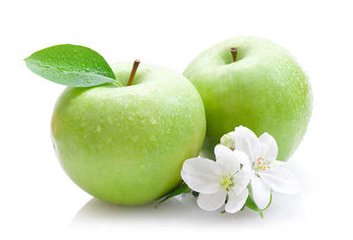

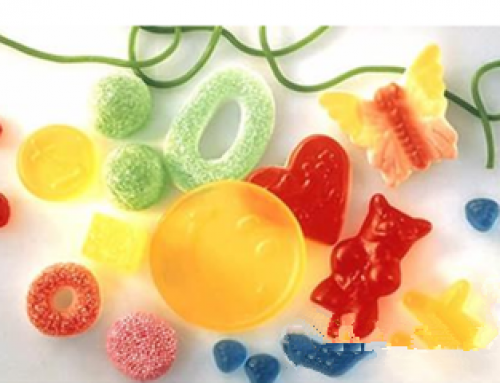
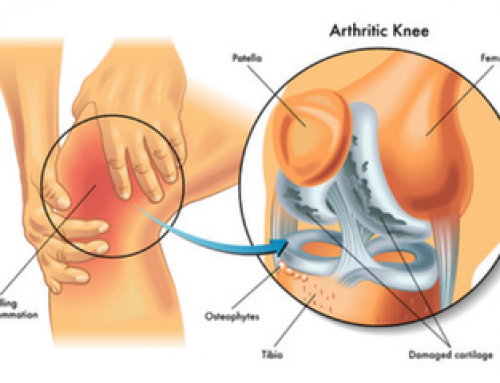
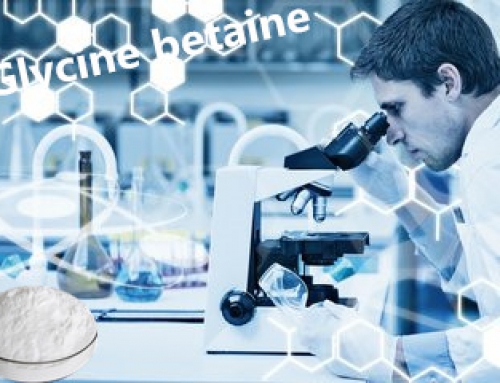
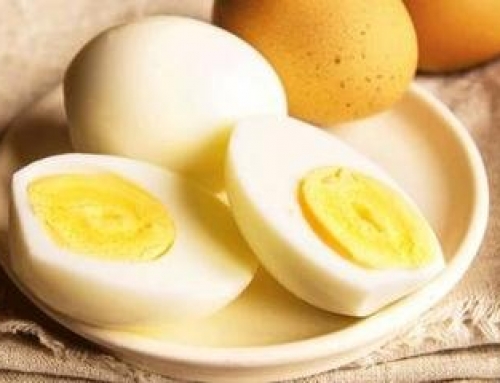
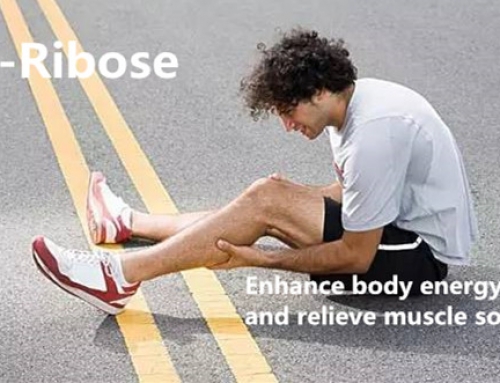
Leave A Comment